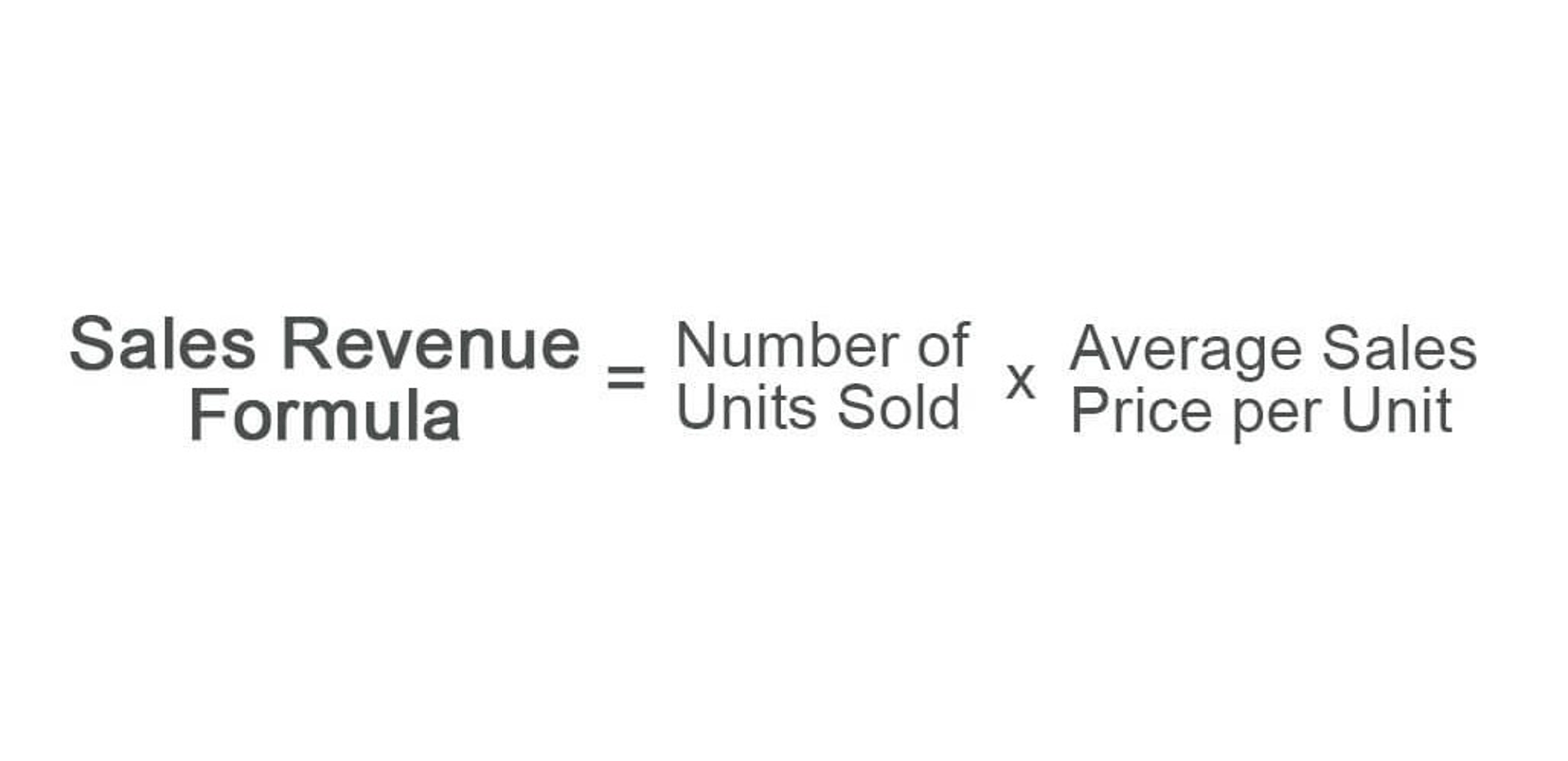2 4: The Basic Accounting Equation Business LibreTexts
The merchandise would decrease by $5,500 and owner’s equity would also decrease by the same amount. The difference between the sale price and the cost of merchandise is the profit of the business that would increase the owner’s equity by $1,000 (6,000 – $5,000). This transaction also generates a profit of $1,000 for Sam Enterprises, which would increase the owner’s equity element of the equation. At this time, there is external equity or liability in Sam Enterprise.
- This number is the sum of total earnings that were not paid to shareholders as dividends.
- From the Statement of Stockholders’ Equity, Alphabet’s share repurchases can be seen.
- Current liabilities include accounts payable, accrued expenses, and the short-term portion of debt.
- The accounting equation will always balance because the dual aspect of accounting for income and expenses will result in equal increases or decreases to assets or liabilities.
- Examples of liabilities are accounts payable, short-term debt borrowings, and long-term debts.
Accounts receivable list the amounts of money owed to the company by its customers for the sale of its products. Assets include cash and cash equivalents or liquid assets, which may include Treasury bills and certificates of deposit. We’ll make sure a financial professional gets back to you shortly. On 22 January, Sam Enterprises pays $9,500 cash to creditors and receives a cash discount of $500.
Accounting Equation Formula and Calculation
Not all companies will pay dividends, repurchase shares, or have accumulated other comprehensive income or loss. A financial professional will be in touch to help you shortly. A financial professional will offer guidance based on the information provided and offer a no-obligation call to better understand your situation. Someone on our team will connect you with a financial professional in our network holding the correct designation and expertise. Our goal is to deliver the most understandable and comprehensive explanations of financial topics using simple writing complemented by helpful graphics and animation videos. The articles and research support materials available on this site are educational and are not intended to be investment or tax advice.
The monthly trial balance is a listing of account names from the chart of accounts with total account balances or amounts. Total debits and credits must be equal before posting transactions to the general ledger for the accounting cycle. This article gives a definition of accounting equation and explains double-entry bookkeeping. We show formulas for how to calculate it as a basic accounting equation and an expanded accounting equation.
To further illustrate the analysis of transactions and their effects on the basic accounting equation, we will analyze the activities of Metro Courier, Inc., a fictitious corporation. Refer to the chart of accounts illustrated in the previous section. An error in transaction analysis could result in incorrect financial statements. An accounting transaction is a business activity or event that causes a measurable change in the accounting equation. Merely placing an order for goods is not a recordable transaction because no exchange has taken place. In the coming sections, you will learn more about the different kinds of financial statements accountants generate for businesses.
Metro Courier, Inc., was organized as a corporation on January 1, the company issued shares (10,000 shares at $3 each) of common stock for $30,000 cash to Ron Chaney, his wife, and their son. However, due to the fact that accounting is kept on a historical basis, the equity is typically not the net worth of the organization. Often, a company may depreciate capital assets in 5–7 years, meaning that the assets will show on the books as less than their “real” value, or what they would be worth on the secondary market. With the information that is given in the example, we see that Ed has a store that is valued at $40,000 and equipment that is valued at $10,000. Looking back, we see that Ed owes the bank $25,000 and his employee $15,000. Paul took $1000 from his savings to contribute to the starting business.
What is the approximate value of your cash savings and other investments?
The accounting equation uses total assets, total liabilities, and total equity in the calculation. This formula differs from working capital, based on current assets and current liabilities. A company’s quarterly and annual reports are basically derived directly from the accounting the accounting equation may be expressed as equations used in bookkeeping practices. These equations, entered in a business’s general ledger, will provide the material that eventually makes up the foundation of a business’s financial statements. This includes expense reports, cash flow and salary and company investments.
The only equity is Sam’s capital (i.e., owner’s equity amounting to $100,000). During the month of February, Metro Corporation earned a total of $50,000 in revenue from clients who paid cash. Let’s plug this into the equation to see if Ed’s accounts are balanced. Now that you understand the parts of the accounting equation, let’s talk about how it works. Company ZZK plans to buy office equipment that is $500 but only has $250 cash to use for the purchase.
What is the difference between an asset and a liability?
The business has paid $250 cash (asset) to repay some of the loan (liability) resulting in both the cash and loan liability reducing by $250. We will now consider an example with various transactions within a business to see how each has a dual aspect and to demonstrate the cumulative effect on the accounting equation. In other words, the total amount of all assets will always equal the sum of liabilities and shareholders’ equity. Accumulated Other Comprehensive Income (Loss), AOCIL, is a component of shareholders’ equity besides contributed capital and retained earnings. Because the Alphabet, Inc. calculation shows that the basic accounting equation is in balance, it’s correct.
The accounting equation states that assets are equal to the sum of the total liabilities and owner’s equity. On January 1, 2020, the business had $100,000 assets in terms of cash, $0 liabilities, and $100,000 owner’s equity. The basic accounting formula highlights the calculation of the assets and the relationship of the three elements to each other. Total assets are total liabilities, and shareholder’s equity is added together. The main use of this equation is for the accurate recording of the balance sheet.
On January 1st, 2020, Sherry took out the money from her savings for $100,000 to start her skincare business. Determine the asset, liability, and equity value of her skin clinic as of January 1st, 2020. As the fintech industry continues to expand, memorizing accounting equations will become obsolete. The bread and butter lies in freeing up your human labor to work on value-based tasks, while automating manual processes. Working capital indicates whether a company will have the amount of money needed to pay its bills and other obligations when due.
The basic method was developed by a monk in the Renaissance period, who decided he was going to analyze numerous successful and failed trading companies. Even though it came into fruition so long ago, the system continues to be relevant to modern businesses everywhere. In certain studies, a person simply looking at a company’s ledger for a few minutes was able to make assessments about the company’s worth as accurately as even the most sophisticated computer system. Regardless of how the accounting equation is represented, it is important to remember that the equation must always balance.
Good examples of assets are cash, land, buildings, equipment, and supplies. Money that is owed to a company by its customers, which is known as accounts receivable, is also an asset. The contributed capital (CC), beginning of retained earnings (BRE), and dividends (D) show the company’s transactions with the shareholders. It shows how the company shares profit with its shareholders or keeps money in retained earnings. The revenue (R) less expenses (E) show the net income on stockholder’s equity. The accounting equation helps to assess whether the business transactions carried out by the company are being accurately reflected in its books and accounts.





